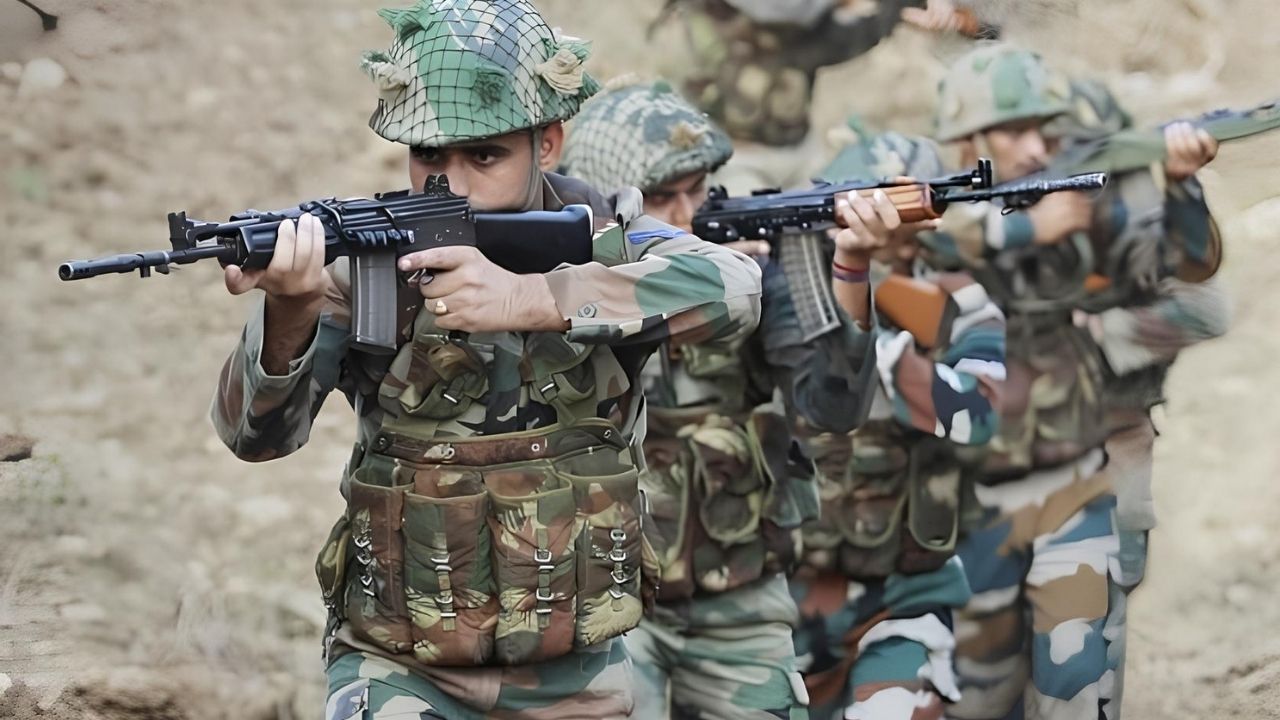
Bangladesh Insurgency has a complex history that many find intriguing. This conflict, primarily involving the Chittagong Hill Tracts, has roots in ethnic tensions, political struggles, and demands for autonomy. The insurgency began in the 1970s, shortly after Bangladesh gained independence from Pakistan. Key players include the indigenous Jumma people and the Shanti Bahini, their armed wing. The government’s response has varied over the years, ranging from military action to peace accords. Understanding this conflict requires looking at the socio-political landscape, the impact on local communities, and the ongoing efforts for peace. Why did the insurgency start? What are the main issues? Let's dive into 30 facts that shed light on this significant chapter in Bangladesh's history.
Key Takeaways:
- The Bangladesh Insurgency has a long history, with key events like the Language Movement and the Liberation War shaping the country's struggle for independence.
- Various groups and individuals, including political parties and armed wings, have played significant roles in the insurgency, impacting the lives of indigenous people and leading to human rights concerns.
Historical Background
Understanding the Bangladesh Insurgency requires a look into its historical roots. The conflict has deep-seated causes that span decades.
- Partition of Bengal in 1947 led to the creation of East Pakistan, which later became Bangladesh in 1971.
- The Language Movement of 1952 was a pivotal moment, as Bengali speakers fought to have their language recognized.
- Operation Searchlight in 1971 was a brutal military crackdown by Pakistan on East Pakistan, sparking the Bangladesh Liberation War.
- The Mukti Bahini, or Liberation Army, played a crucial role in the fight for independence.
- Sheikh Mujibur Rahman declared Bangladesh's independence on March 26, 1971.
Key Players
Several groups and individuals have significantly influenced the insurgency in Bangladesh.
- The Jatiya Samajtantrik Dal (JSD), a leftist political party, was involved in early insurgent activities.
- Shanti Bahini, the armed wing of the Parbatya Chattagram Jana Samhati Samiti (PCJSS), fought for the rights of the indigenous people in the Chittagong Hill Tracts.
- Bangladesh Army has been a central force in combating insurgent groups.
- Sheikh Hasina, the current Prime Minister, has been a key figure in peace negotiations.
- Khaleda Zia, another former Prime Minister, has also played a role in the political landscape affecting the insurgency.
Major Conflicts
Several significant conflicts have marked the Bangladesh insurgency, each with its own impact.
- The Chittagong Hill Tracts Conflict lasted from 1977 to 1997, involving indigenous groups fighting for autonomy.
- Operation Uttoron in 1991 aimed to suppress insurgent activities in the Chittagong Hill Tracts.
- The Peace Accord of 1997 was a landmark agreement aimed at ending the Chittagong Hill Tracts conflict.
- Rangamati Massacre in 1980 saw significant violence against indigenous people.
- Khagrachari Incident in 1989 involved clashes between the army and insurgents.
Human Rights Issues
The insurgency has led to numerous human rights concerns, affecting various communities.
- Forced Displacement of indigenous people has been a recurring issue.
- Extrajudicial Killings by both insurgents and the military have been reported.
- Land Grabbing by settlers and the military has displaced many indigenous families.
- Cultural Suppression of indigenous languages and traditions has been a significant concern.
- Gender-Based Violence has been reported in conflict zones, affecting women and children disproportionately.
International Involvement
The insurgency has not been confined to Bangladesh alone; international actors have also played roles.
- India has been both a supporter and a critic, depending on the political climate.
- United Nations has intervened in peacekeeping and human rights monitoring.
- Amnesty International has reported extensively on human rights abuses.
- International Red Cross has provided humanitarian aid in conflict zones.
- Foreign Aid from various countries has been crucial in rebuilding efforts post-conflict.
Current Situation
The insurgency in Bangladesh has evolved, but challenges remain.
- Peace Accords have been signed, but implementation has been slow.
- Economic Development in conflict zones has been uneven, leading to continued unrest.
- Political Instability continues to affect peace efforts.
- Militant Groups have splintered, making it harder to negotiate peace.
- Community Initiatives have emerged, aiming to foster dialogue and reconciliation.
Final Thoughts on Bangladesh Insurgency
Understanding the Bangladesh Insurgency sheds light on the complex history and ongoing struggles in the region. This conflict, rooted in ethnic, political, and social issues, has shaped the lives of many. The insurgency's impact on Bangladesh's development and its people can't be ignored. From the Chittagong Hill Tracts to the broader national stage, the repercussions are far-reaching. Awareness and education about these facts help foster a deeper appreciation for the challenges faced by those in conflict zones. By learning about the Bangladesh Insurgency, we gain insight into the resilience and determination of the affected communities. This knowledge encourages empathy and a more informed perspective on global issues. Let's continue to explore and understand these critical aspects of history to build a more compassionate world.
Frequently Asked Questions
Was this page helpful?
Our commitment to delivering trustworthy and engaging content is at the heart of what we do. Each fact on our site is contributed by real users like you, bringing a wealth of diverse insights and information. To ensure the highest standards of accuracy and reliability, our dedicated editors meticulously review each submission. This process guarantees that the facts we share are not only fascinating but also credible. Trust in our commitment to quality and authenticity as you explore and learn with us.
